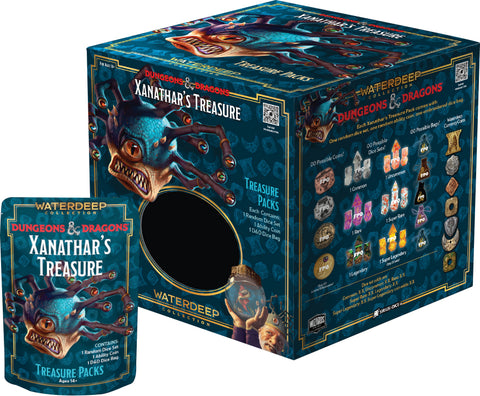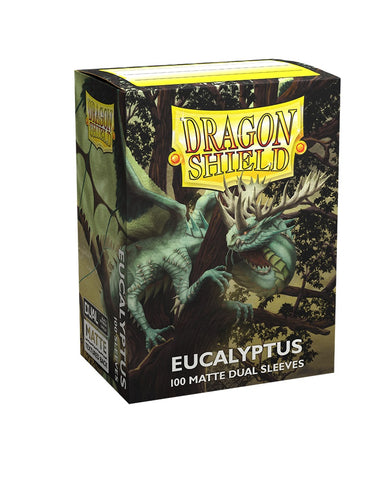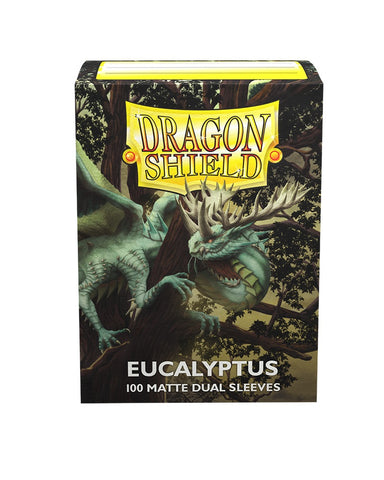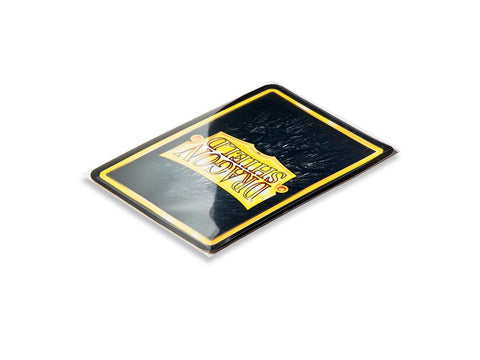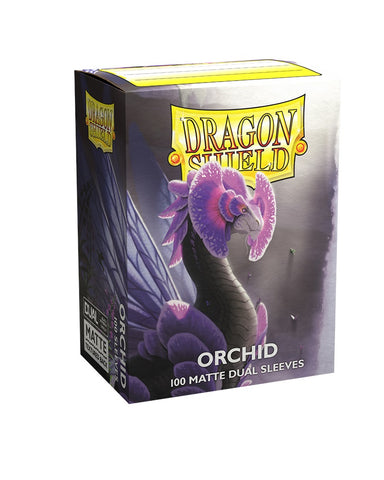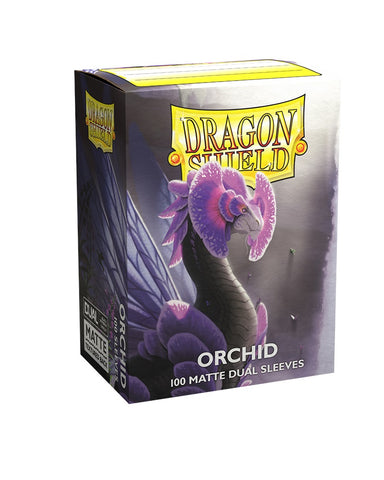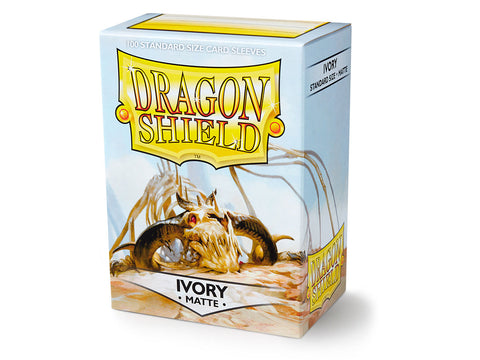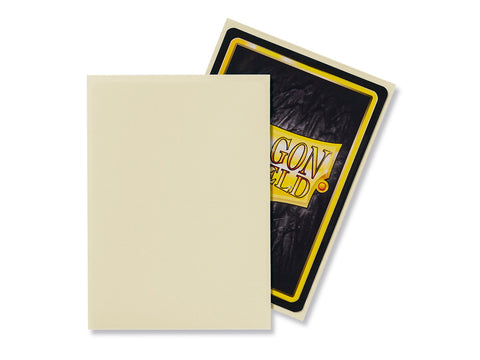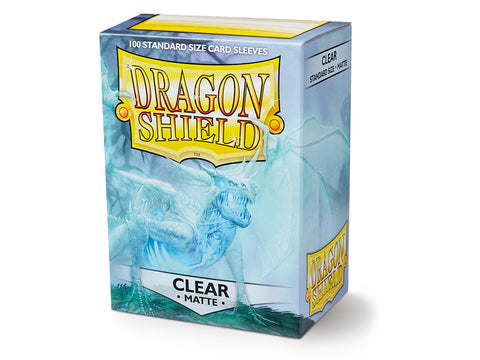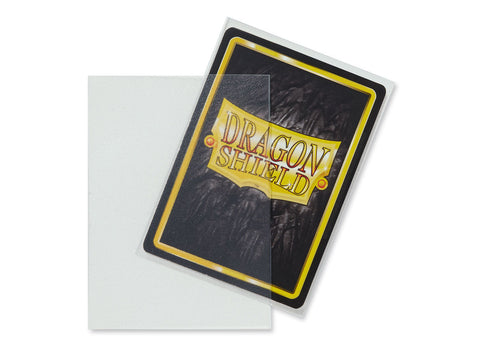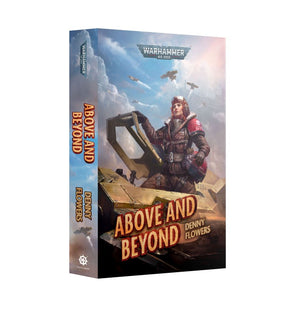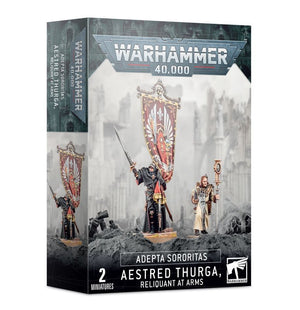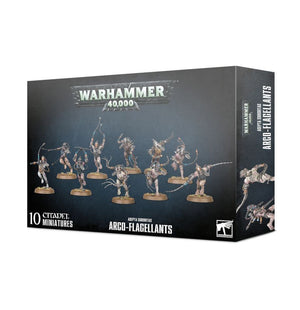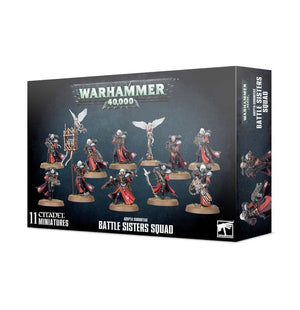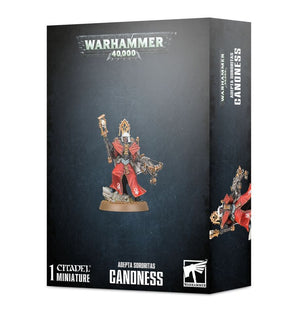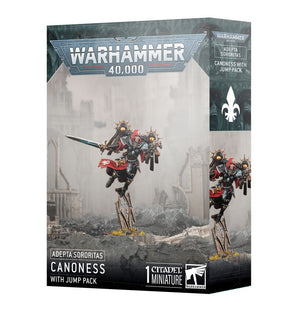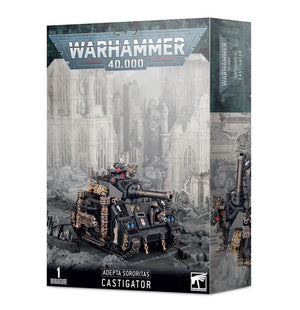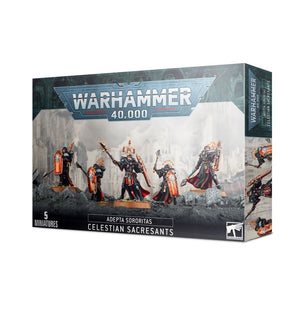The Fundamentals of BattleTech: Where to Start Your Journey into the 31st Century
The Fundamentals of BattleTech: Where to Start Your Journey into the 31st Century
BattleTech is one of the most enduring tabletop wargames ever created. Since its debut in 1984, it has invited players into the 31st century—a galaxy dominated by massive walking war machines known as BattleMechs. Mixing tactical warfare, rich lore, and a thriving hobby community, BattleTech offers something for both new and veteran gamers. If you’ve been curious about piloting your first ’Mech, here’s a breakdown of the fundamentals and some product recommendations to get you started.
How BattleTech Plays
At its heart, BattleTech is about tactical decision-making and resource management. Unlike many miniatures games where turns move quickly, BattleTech is deliberately paced and detail-oriented. Every movement, shot, and heat spike can mean the difference between victory and defeat.

Here are the core elements that define the gameplay:
1. Initiative and Movement
Each turn begins with an initiative roll to determine who moves first. Players then alternate moving their ’Mechs. Movement is more than just walking across the map—it’s about gaining advantageous firing arcs, using terrain for cover, and pushing opponents into bad positions. Fast ’Mechs can outmaneuver heavier ones, while slow machines must rely on firepower and durability.

2. Combat and Targeting
Combat is resolved using dice rolls against target numbers that factor in distance, movement, terrain, and pilot skill. Every weapon has strengths and weaknesses—lasers don’t use ammunition but generate heat, missiles can scatter across multiple hit locations, and autocannons deal raw damage at the cost of limited ammo.

3. Damage and Hit Locations
One of BattleTech’s signature mechanics is the hit location system. Instead of tracking abstract “health points,” damage lands on specific parts of a ’Mech. Lose an arm and you may drop your autocannon. Take too many hits to the torso and you risk reactor breach. A lucky shot to the head can instantly eliminate a powerful opponent. This creates dramatic, cinematic moments in every game.

4. Heat Management
Unlike many wargames, BattleTech has a built-in risk-reward system through heat. Every weapon fired generates heat, and pushing your ’Mech too hard can cause it to shut down or even explode. Successful players must balance aggression with restraint, knowing when to unleash their arsenal and when to cool down.

5. Objectives and Victory
While many games are about last ’Mech standing, BattleTech scenarios often use objectives like capturing territory, escorting convoys, or surviving until reinforcements arrive. This encourages creative playstyles and makes each battle feel unique.

6. Scalability
BattleTech scales beautifully. You can run a duel between two ’Mechs in under an hour, or command entire regiments in sprawling campaigns. Some players run narrative campaigns where pilots gain experience and ’Mechs sustain lasting damage, adding a roleplaying dimension.

Why the Gameplay Stands Out
The beauty of BattleTech lies in its balance of crunch and storytelling. The dice rolls create tension, but player choices in positioning, heat, and weapon selection matter just as much. Every battle feels like a tactical chess match where one bold move—or one unlucky roll—can change the course of the fight.
Whether you enjoy a quick skirmish with friends or an all-day campaign, BattleTech provides a rich, strategic experience that rewards both patience and daring.
Dont forget to join us every Thursday at The Hidden Lair to play Battletech!
